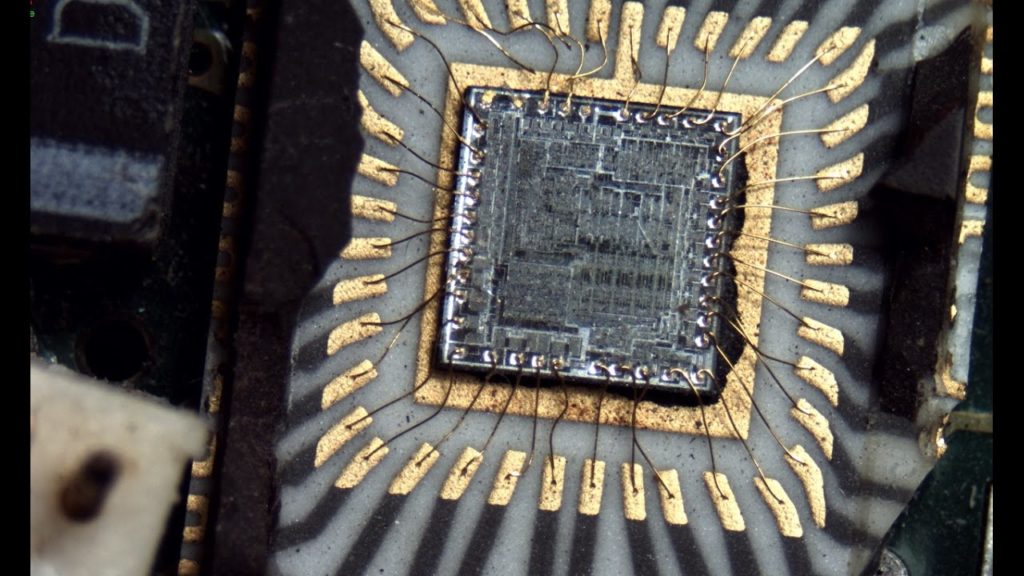Clone IC ATtiny13 Code
Clone IC ATtiny13 Code out from its flash memory and replicate the program/data to blank Microcontroller ATtiny13 for MCU content recovery, the process need to descapsulate the silicon package;
Clone IC ATtiny13 Code out from its flash memory and replicate the programdata to blank Microcontroller ATtiny13 for MCU content recovery, the process need to descapsulate the silicon package
The AVR core combines a rich instruction set with 32 general purpose working registers. All the 32 registers are directly connected to the Arithmetic Logic Unit (ALU), allowing two independent registers to be accessed in one single instruction executed in one clock cycle.
The resulting architecture is more code efficient while achieving throughputs up to ten times faster than conventional CISC microcontrollers if AVR MCU ATmega16L Attacking.
The ATtiny13 provides the following features: 1K byte of In-System Programmable Flash, 64 bytes EEPROM, 64 bytes SRAM, 6 general purpose I/O lines, 32 general purpose working registers, one 8-bit Timer/Counter with compare modes, Internal and External Interrupts, a 4-channel, 10-bit ADC, a programmable Watchdog Timer with internal Oscillator, and three software selectable power saving modes.
The Idle mode stops the CPU while allowing the SRAM, Timer/Counter, ADC, Analog Comparator, and Interrupt system to continue functioning. The Power-down mode saves the register contents, disabling all chip functions until the next Interrupt or Hardware Reset. The ADC Noise Reduction mode stops the CPU and all I/O modules except ADC, to minimize switching noise during ADC conversions after AVR MCU ATmega8L hacking.
The device is manufactured using Atmel’s high density non-volatile memory technology. The On-chip ISP Flash allows the Program memory to be re-programmed In-System through an SPI serial interface, by a conventional non-volatile memory programmer or by an On-chip boot code running on the AVR core.
The ATtiny13 AVR is supported with a full suite of program and system development tools including: C Compilers, Macro Assemblers, Program Debugger/Simulators, In-Circuit Emulators, and Evaluation kits. Port B is a 6-bit bi-directional I/O port with internal pull-up resistors (selected for each bit). The Port B output buffers have symmetrical drive characteristics with both high sink and source capability when Microcontroller PIC32MX440F512H program decoding.
As inputs, Port B pins that are externally pulled low will source current if the pull-up resistors are activated. The Port B pins are tri-stated when a reset condition becomes active, even if the clock is not running. Port B also serves the functions of various special features of the ATtiny13 as listed on page 50.
Reset input. A low level on this pin for longer than the minimum pulse length will generate a reset, even if the clock is not running. The minimum pulse length is given in Table 12 on page 31. Shorter pulses are not guaranteed to generate a reset.
Tags: ic encrypted archive clone,ic encrypted code clone,ic encrypted content clone,ic encrypted data clone,ic encrypted eeprom clone,ic encrypted file clone,ic encrypted firmware clone,ic encrypted information clone,ic encrypted memory clone,ic encrypted program clone



